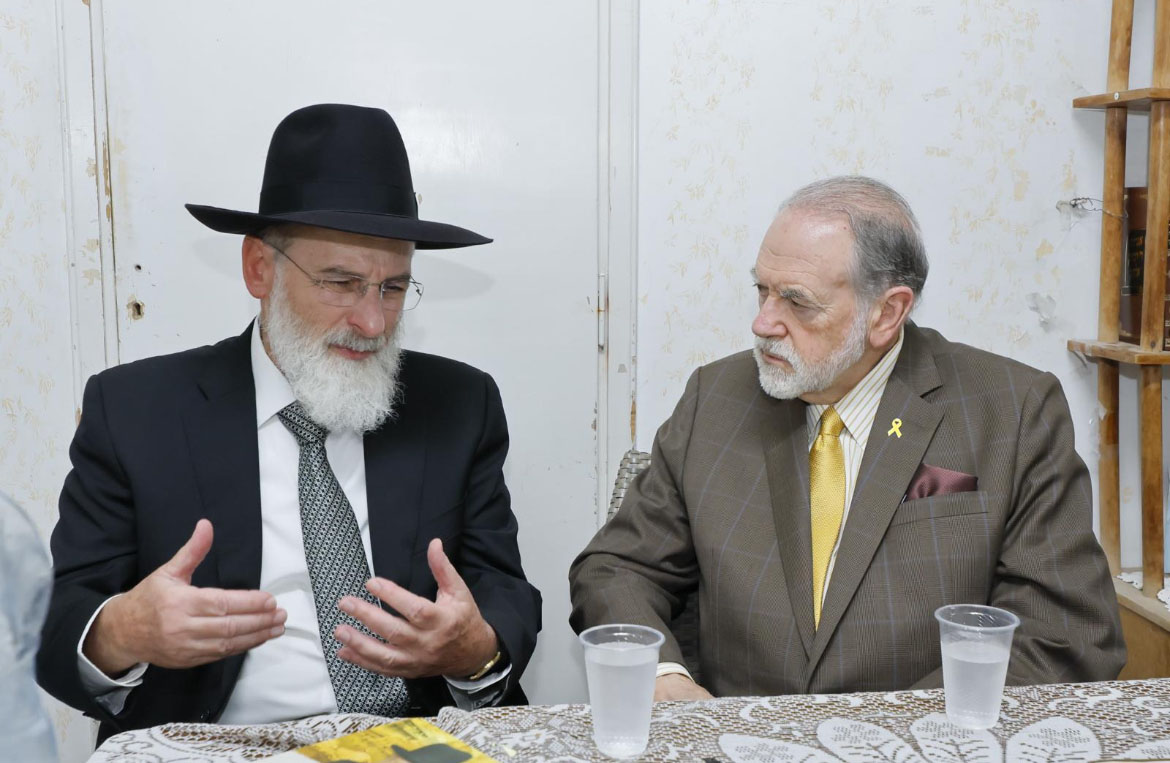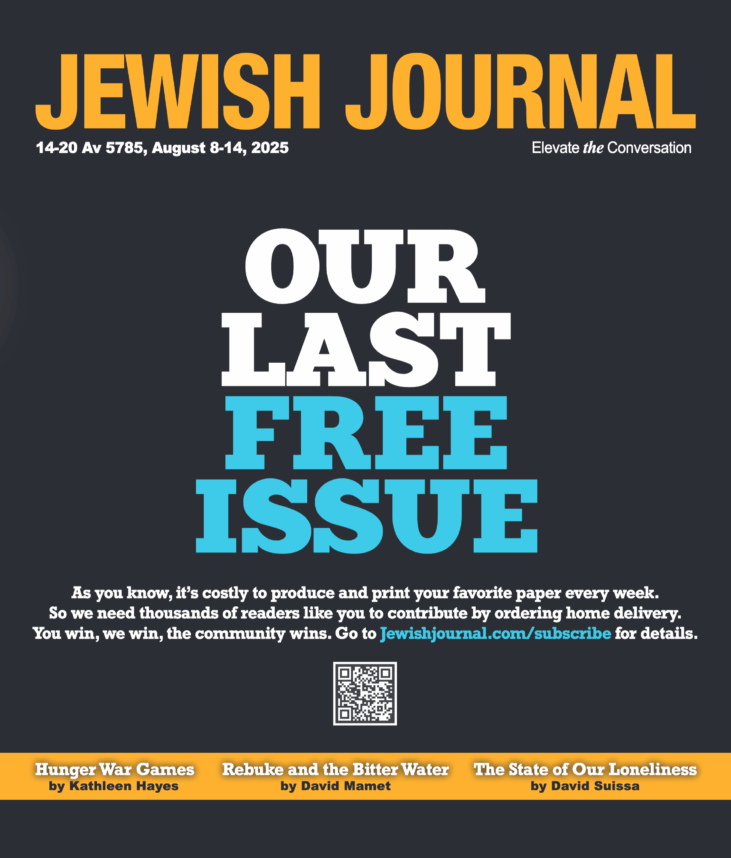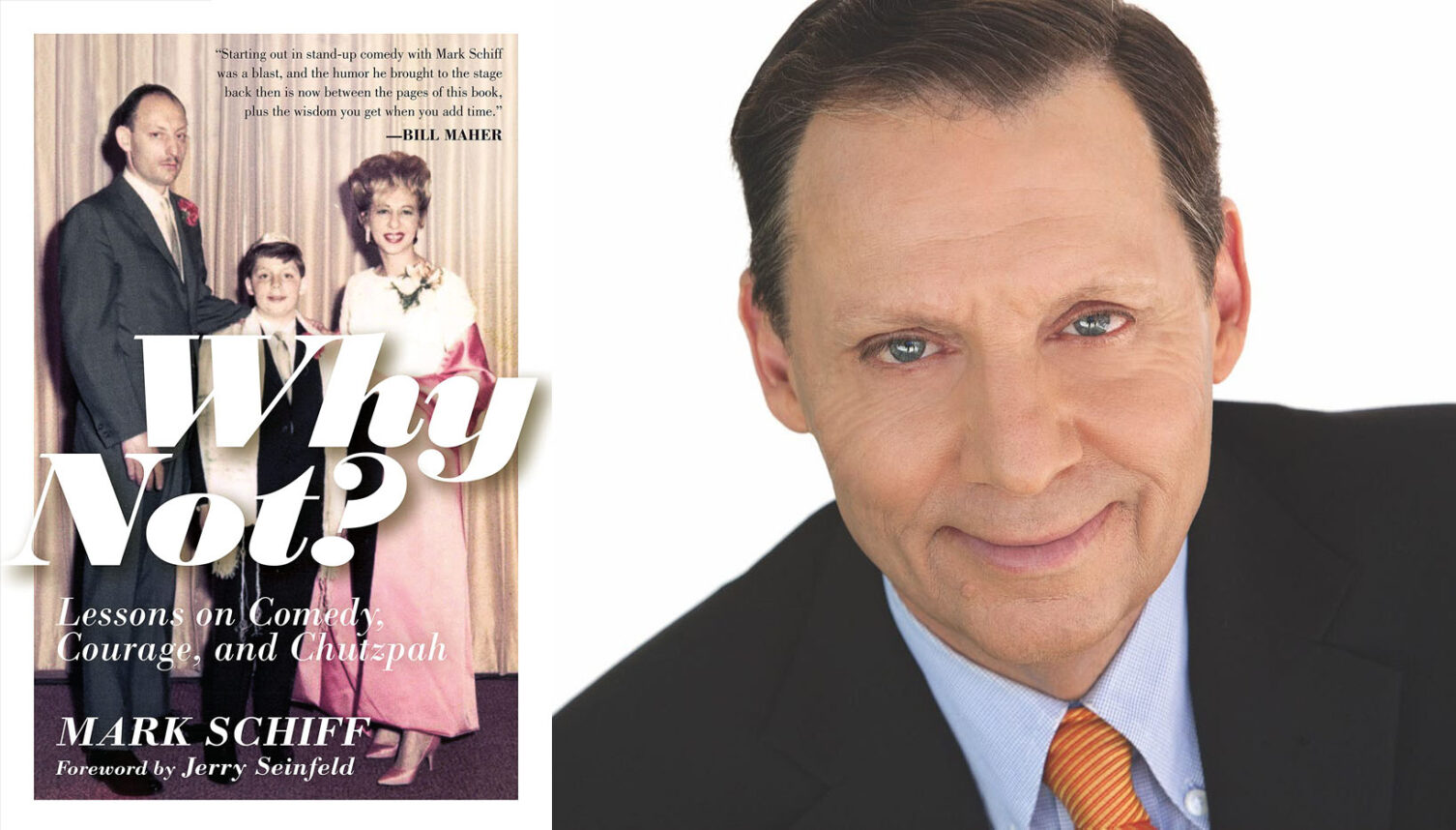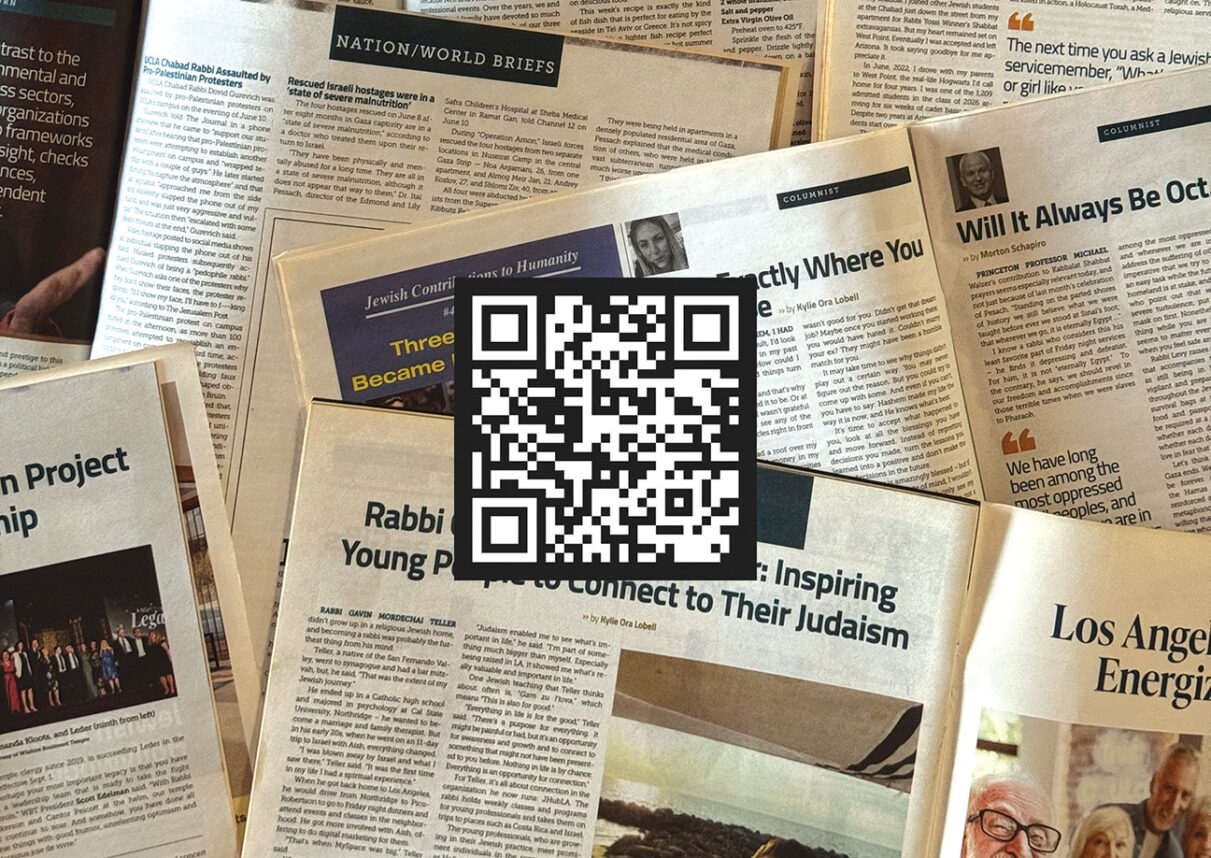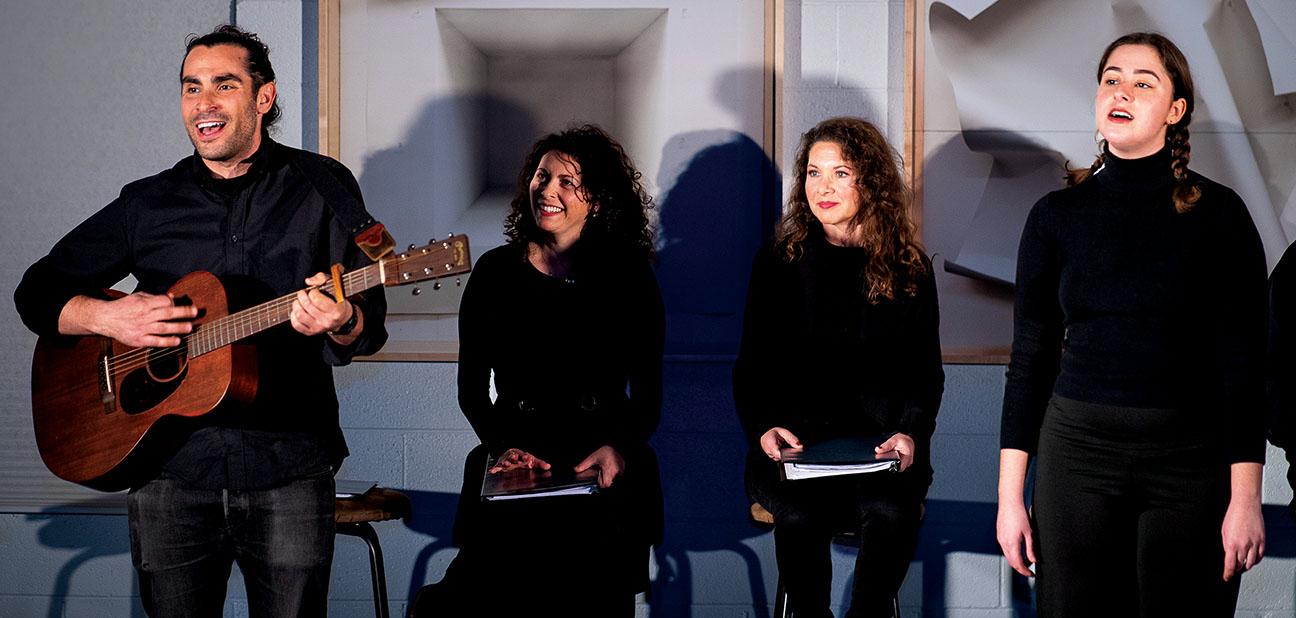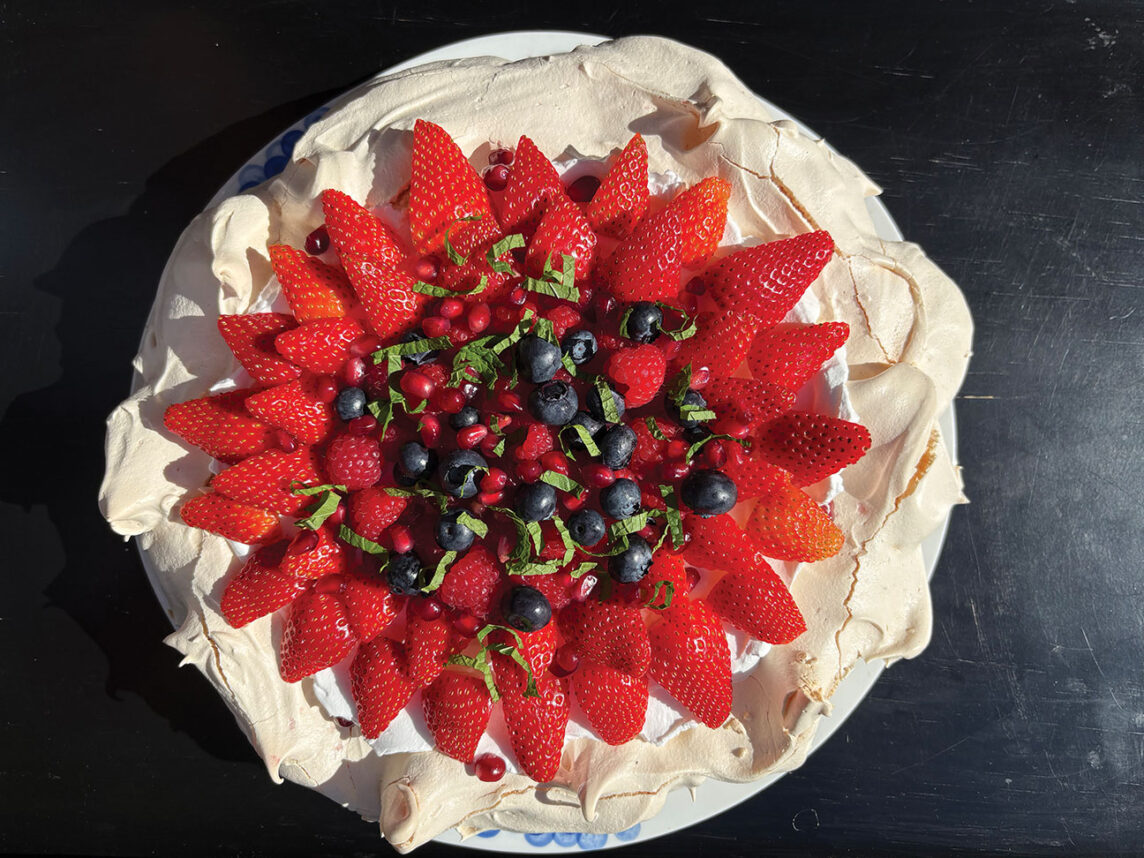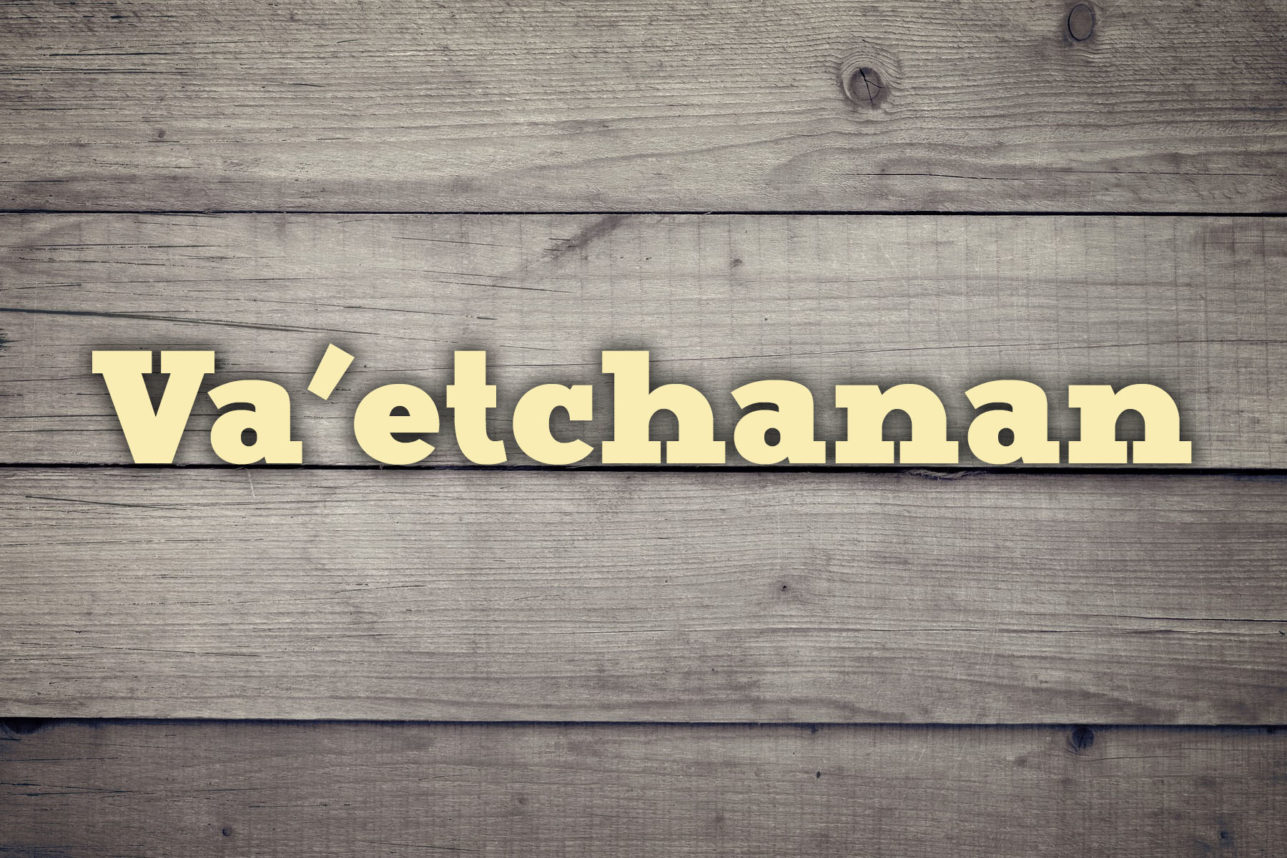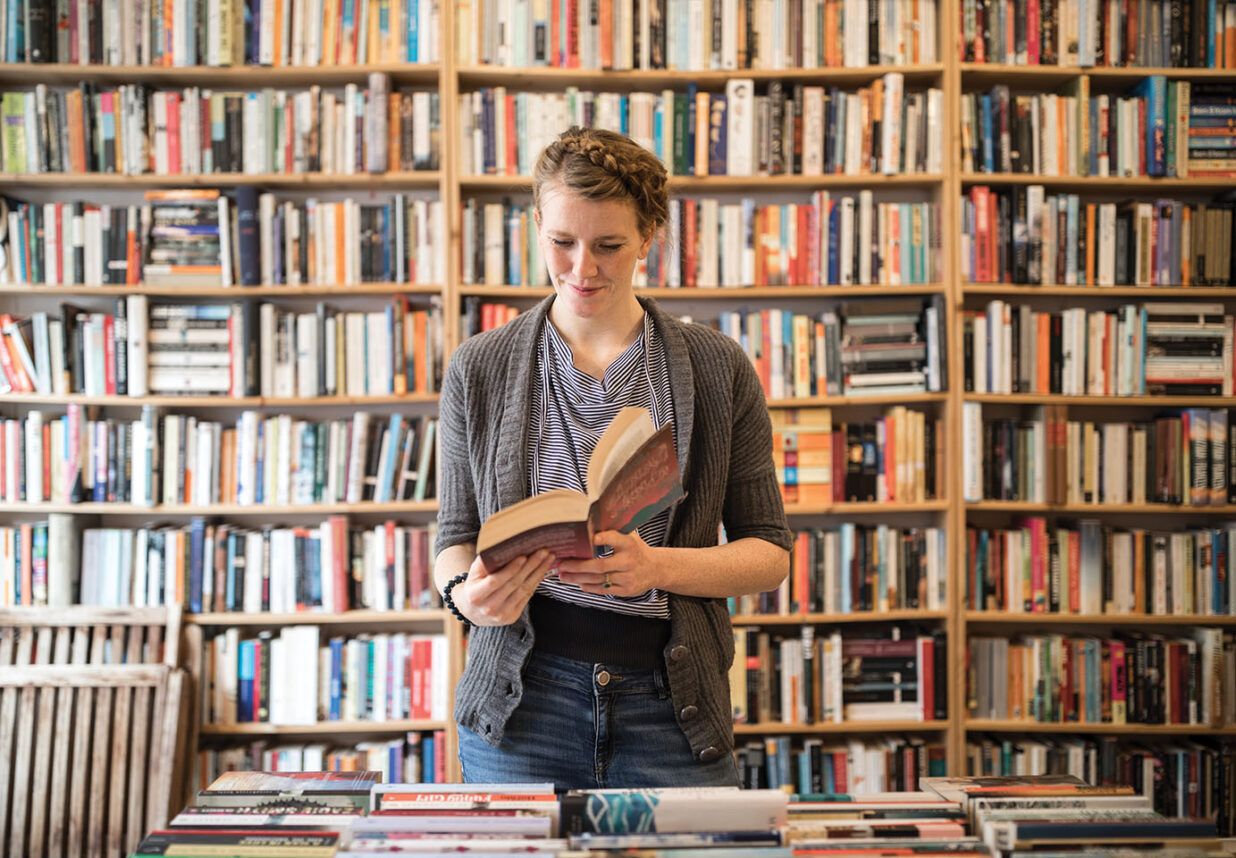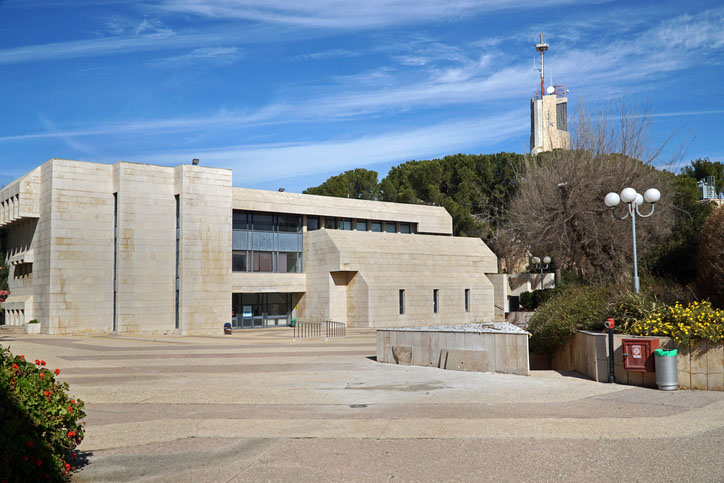What is there not to like about medieval markets? Shiny armor, mulled wine, flags and shields, fire shows, workshops and concerts – historical reenactments lure a much wider crowd than a bunch of chivalry maniacs. The key here is not only the charm of medieval legends but also the diverse approach, which provides guests with a decent overview of various spheres of everyday life many centuries ago. Anyone can find a booth with a plethora of hidden treasures matching his or her interests – be it a stock of medieval coins or a cooking book. One cannot deny, though, that the image of medieval life offered by historical fairs is not exactly representative: accuracy is usually sacrificed for the sake of entertainment.
Germany is not an exemption. Medieval markets are hugely popular here, while unlike museums or archives they don’t strive for a mindblowing historical value. A group of Jewish activists decided to try fixing the historical balance.
In fact, Jews did play an important role in the history of German lands. International trade, banking and even wall defense were once primarily (if not exclusively) Jewish domains in various German towns. However, historical memory can sometimes be quite selective. For an everyman, Jewish-German common history begins together with Moses Mendelssohn era, or sometimes even shortly before the Holocaust. The idea of blending some Jewish elements into the medieval market scene and thus introducing the visitor to one of the lesser known parts of the story seemed somewhat odd, yet challenging and inspiring. What will be the response, and what kind of response has to be achieved? Can a Jewish quarter become a natural element of a medieval fair?
Wiebke, a Jewish library employee in Munich; Adam, a New York-born journalist based in Berlin, and myself decided to turn a booth at one of the markets into a medieval Jewish district. It was hard to embrace the whole diversity of possible topics within the broad framework of medieval Jewry, so we dedicated our project exclusively to the topic of ancient Jewish printing. This field is undoubtedly important, quite interesting and easy to present even with some rather scarce resources. We brought along some ancient Judaism books, some modern prints on Jewish history, a bunch of Jewish accessories as well as a real soifer with his writing tools, ready to convert any phrase or name into mysterious Hebrew letters on a true parchment. As a stage for our experiment we've chosen the medieval market of Fürth – a German town close to Nuremberg with a rich Jewish history, an interesting Jewish museum and a huge Klezmer festival.
Having stepped into the area of jovial medieval festival, I felt a bit lost – our literature program could hardly bit the excitement of a real armory or a mead stand. However, more and more visitors were coming by to take a look at some ancient writings or to take away a piece of parchment with their names written on it. A reporter from town's major newspaper also paid us a visit. None of the guests was Jewish; some, however, had undirect connections to our topic – ranging from relatives studying theology or working as archeologists to nice memories from the latest Klezmer festival. Hardly any guest felt surprised seeing a Jewish stand among traditional market entertainment; it was rather perceived as a regular part of the festival. And even though it might seem that our endeavors failed to impress the audience, I couldn't be happier about it. This small detail actually shows that Jewish legacy is finally ready to become an integral part of German history. No surprise, no anger, no guilt feeling – just pure curiosity. Let's hope the observation was valid.











